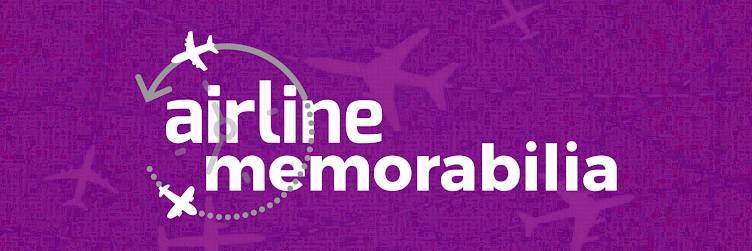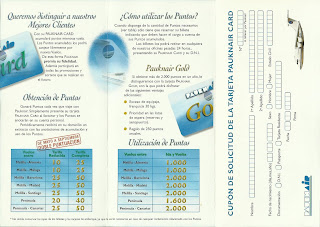Desgraciadamente, el accidente del vuelo 4101 de Pauknair redujo la flota de la compañía a la mitad al perder un avión, y esto, junto con el pago de indeminzaciones, marcó el final de la empresa. Ciertamente es una pena, porque era una de las pocas compañías regionales en España que tenían un futuro muy prometedor...
Más tarde, Binter Meditérraneo pasó a ser absorbida por Air Nostrum (Iberia Regional), que aunque ha incorporado nuevos destinos y aviones en la ciudad, ha seguido operando con la prepotencia propia de un monopolio.
✈✈✈ ✈✈✈ ✈✈✈ ✈✈✈ ✈✈✈ ✈✈✈ ✈✈✈ ✈✈✈ ✈✈✈
Melilla is a Spanish exclave in Northern Africa which has traditionally suffered from isolation and bad communication links with the Peninsula. For most of its story, aerial links were provided by state carriers (Iberia / Aviaco and later Binter Mediterráneo, an Iberia subsidiary) which provided an underserved poor service, with high fares.
Things
started to change in the late 90's when Pauknair started flying from
Melilla to several Spanish domestic destinations with two Bae 146. The
airline had a succesful start and a promising future, being one of the
few Spanish regional carriers which actually succeed.
However, after Paukanir flight 4101 crashed near Melilla,
the airline had to face the lost of one of its two aircrafts, plus
having to pay high indemnization costs. This eventually led to the
closing down of the company shortly after.
Later,
Binter Mediterráneo (which also crashed a plane at Melilla airport) got
incorporated into Air Nostrum (Iberia Regional). Air Nostrum introduced
new destinations and aircrafts at the airport, but again they remained
the sole operator at Melilla.
Pauknair parecía ir por buen camino, pero ¿continuaría existiendo como empresa independiente hoy en día? Honestamente, no lo creo ... Seguramente, hubiera acabado integrándose de alguna forma en Iberia o alguna otra compañía de red como vector regional.
Como era habitual en esa época, tenían su propio programa de viajeros frecuentes. Esto sí que sería impensable en los tiemos que corren, que una aerolínea pequeña como esta tuviera su propia tarjeta de fidelidad sin estar asociada a otras empresas más importantes:
It seemed Paukanair was on the good track, but, honestly, I don't think the airline would have make it to the current days without becoming a regional affiliate for Iberia or other major network carrier.
Also, they had their own Frequent Flyer scheme, back then. Many smallish airlines had their own FF cards, but this would be unthinkable today. A link with a bigger airline is a must, nowadays.
Enlaces (links)
- Pauknair (info Wikipedia)
- Vuelo de Pauknair 4101, 11 años después (El informal de Fran)
- Aeropuerto de Melilla (Aena)



No hay comentarios:
Publicar un comentario
Nota: solo los miembros de este blog pueden publicar comentarios.